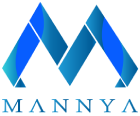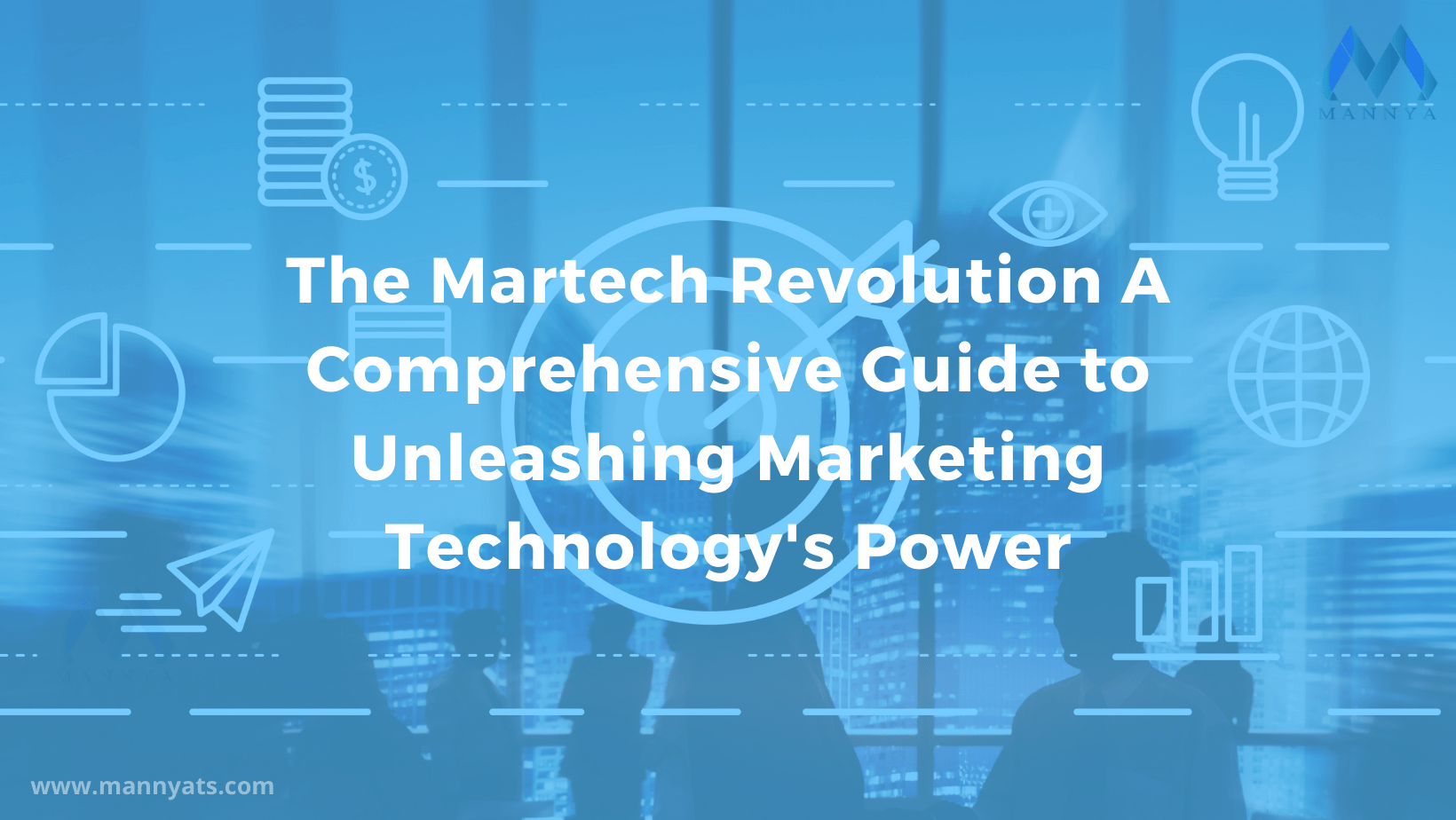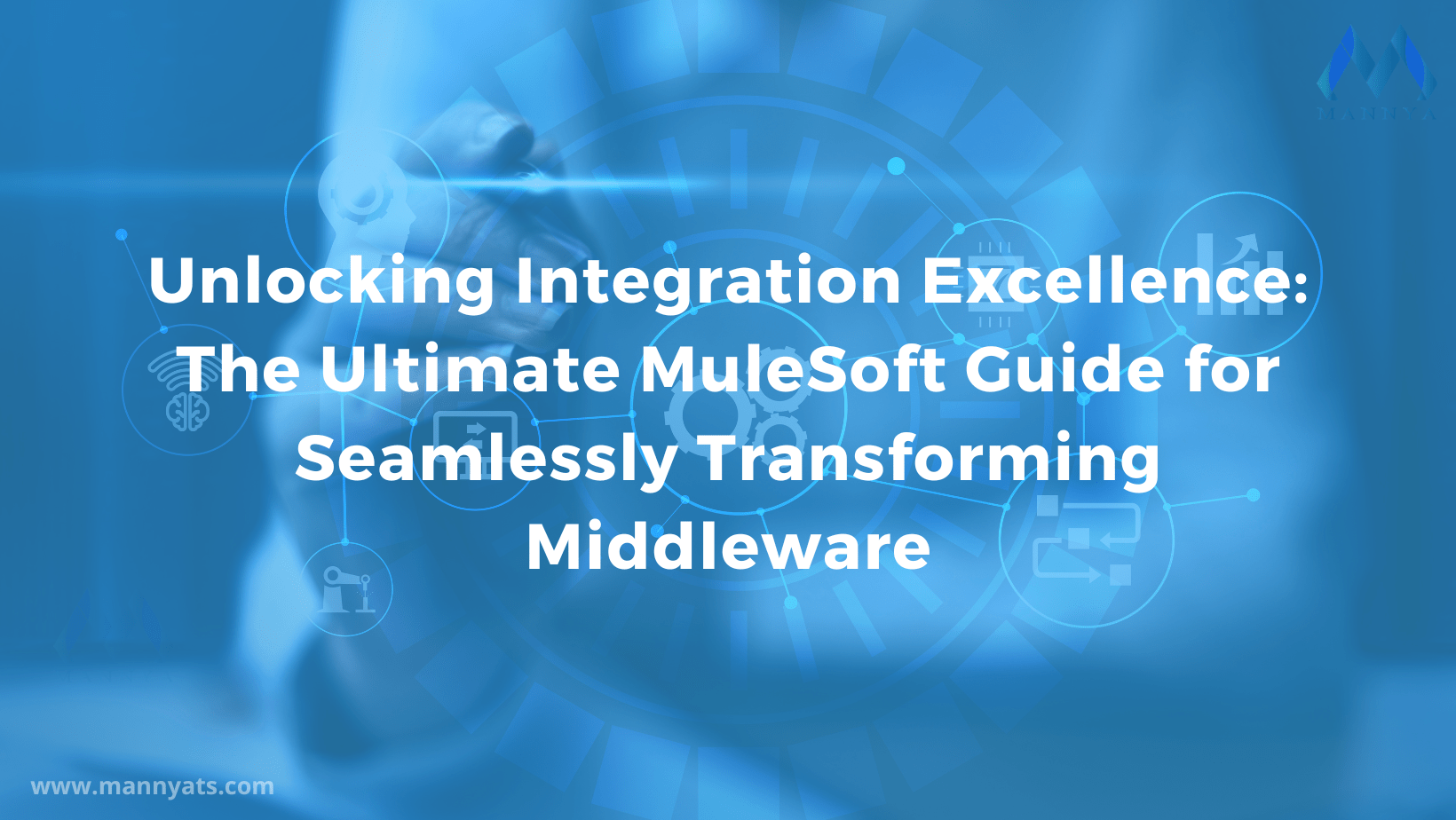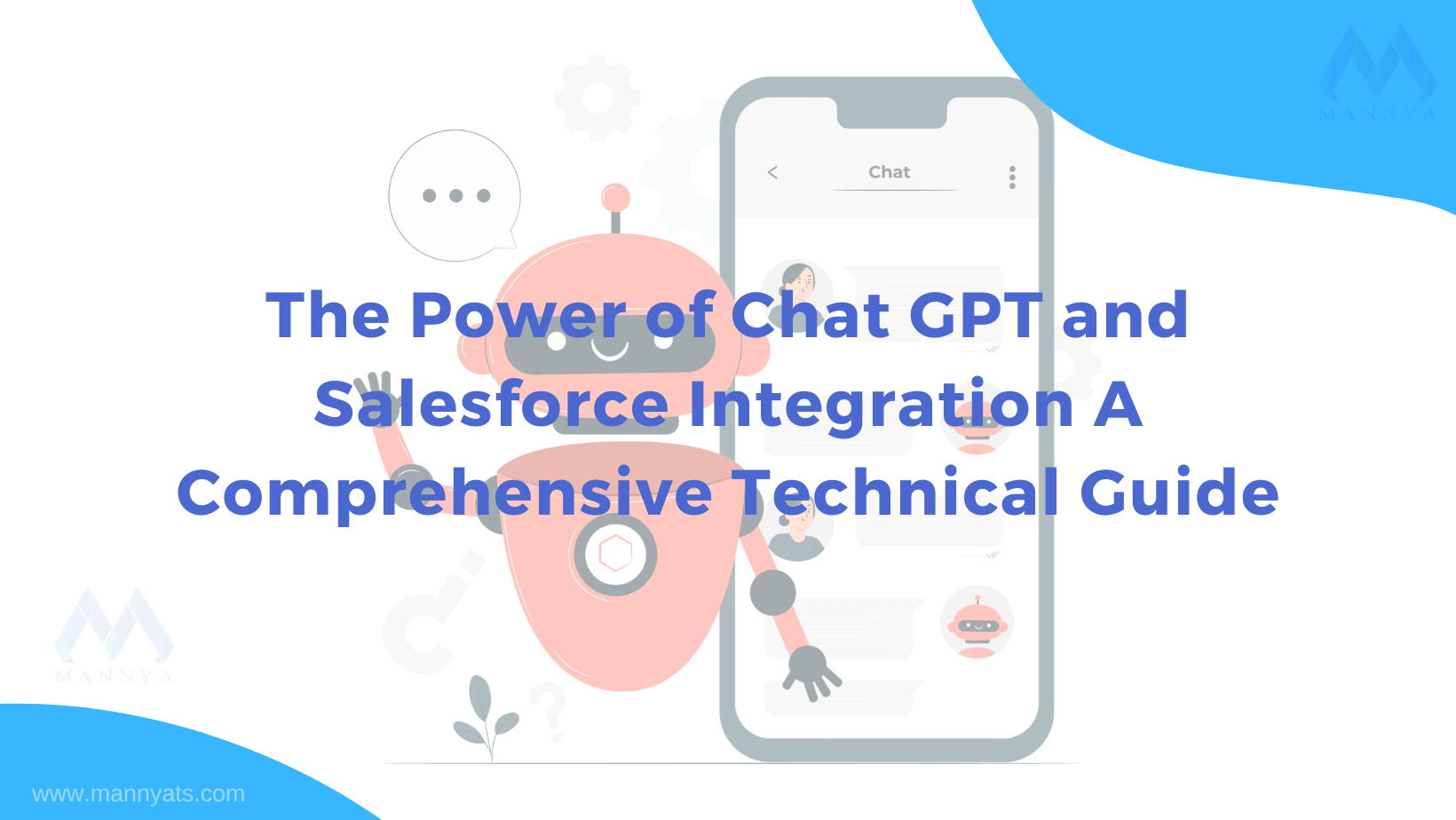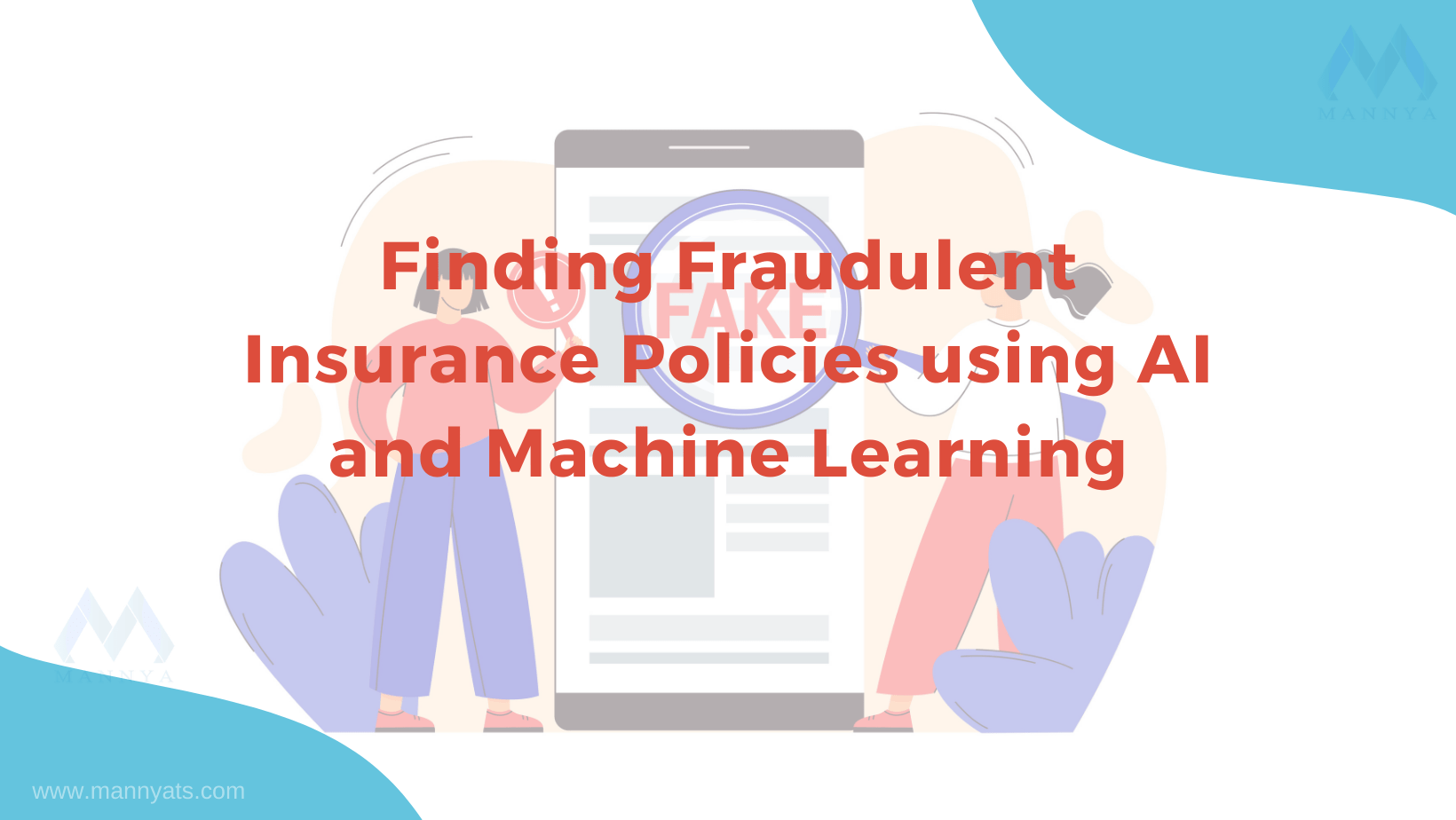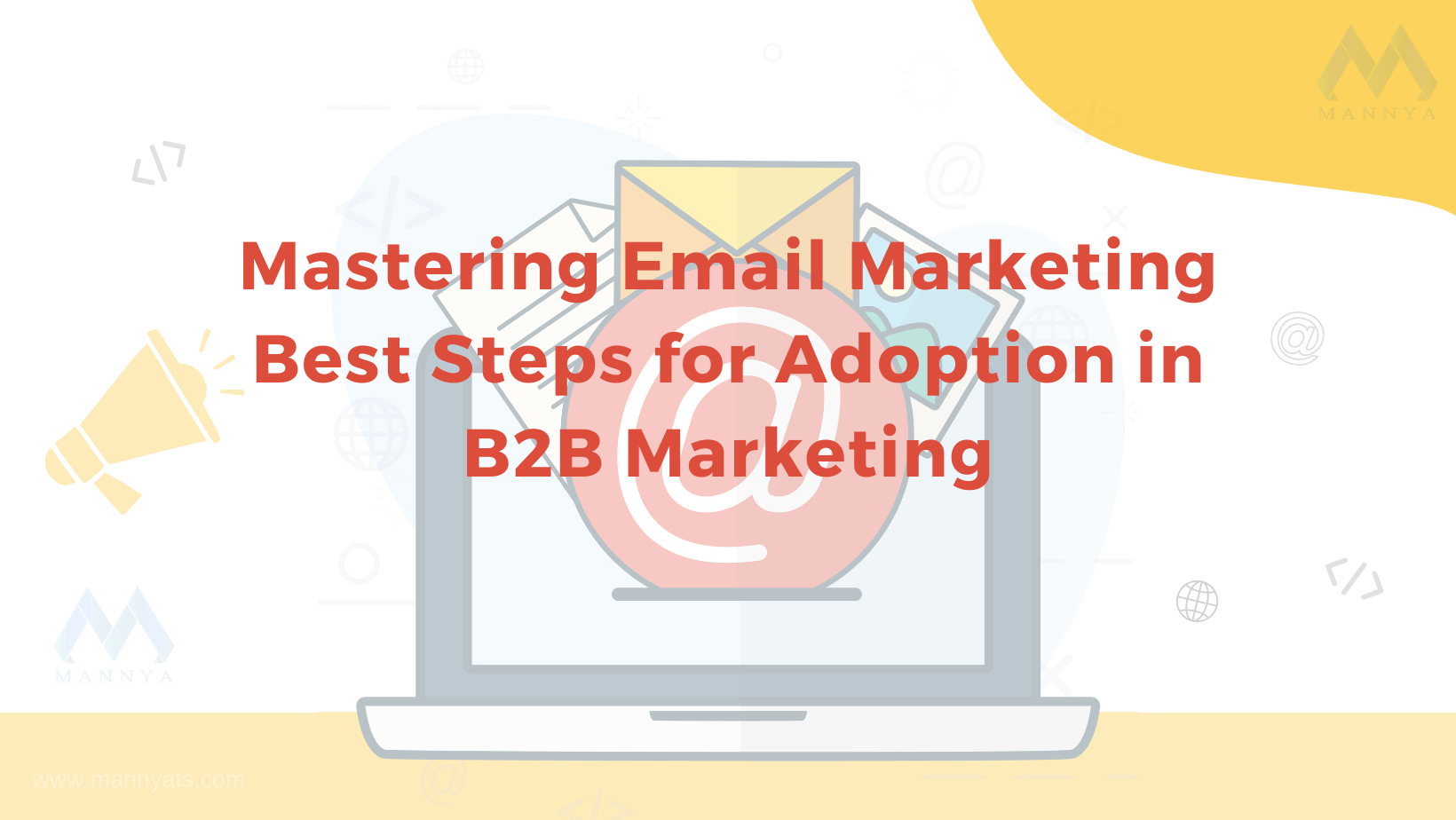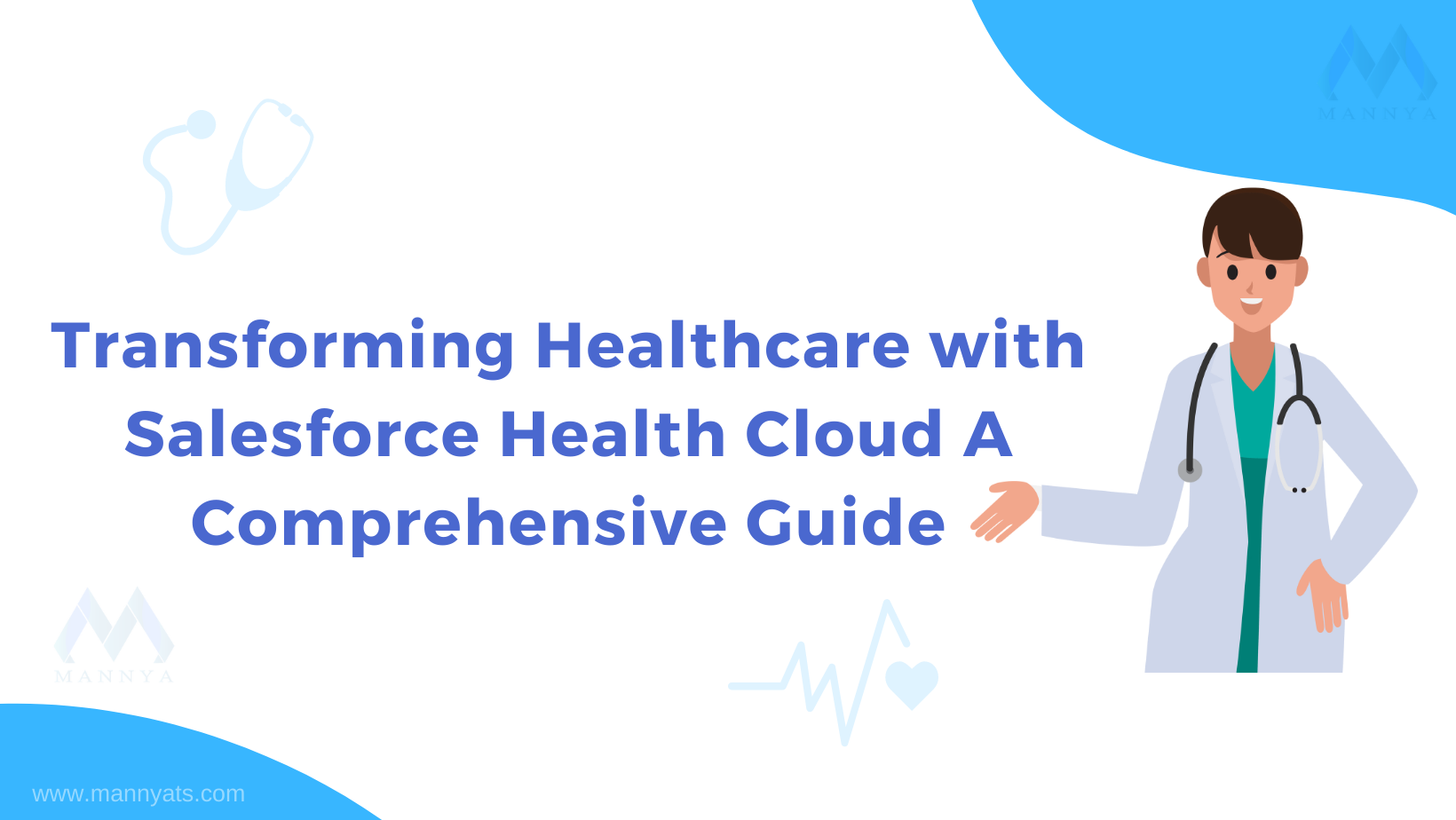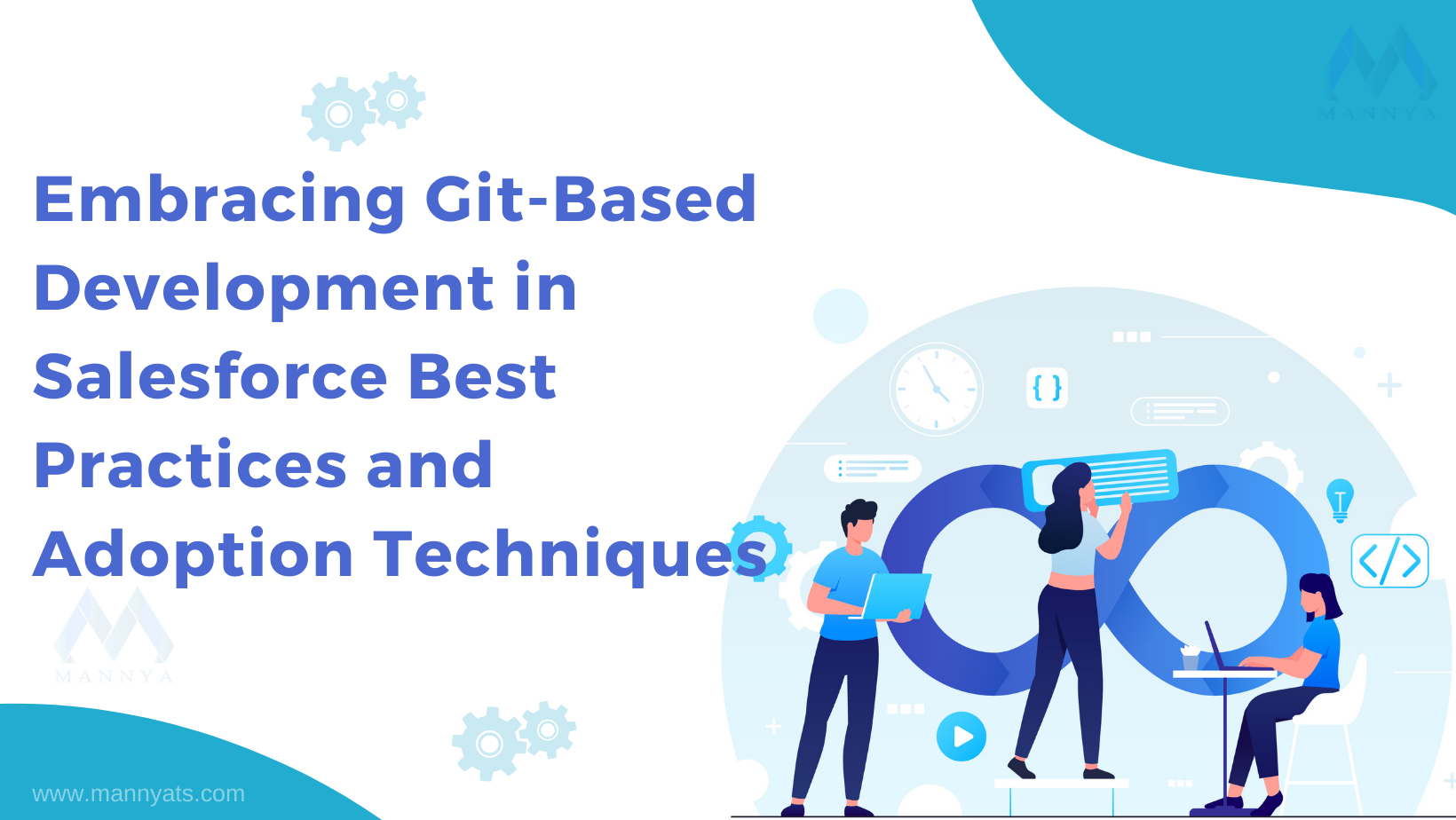Optimize Your Salesforce Org With These 7 Critical Insights
In the digital age, Salesforce has emerged as a linchpin for effective customer relationship management. However, merely having a Salesforce org isn’t enough; it must be fine-tuned and organized for optimal performance. This comprehensive guide delves deep into seven crucial insights that can significantly enhance your Salesforce organization’s efficiency, ultimately unleashing its full potential.
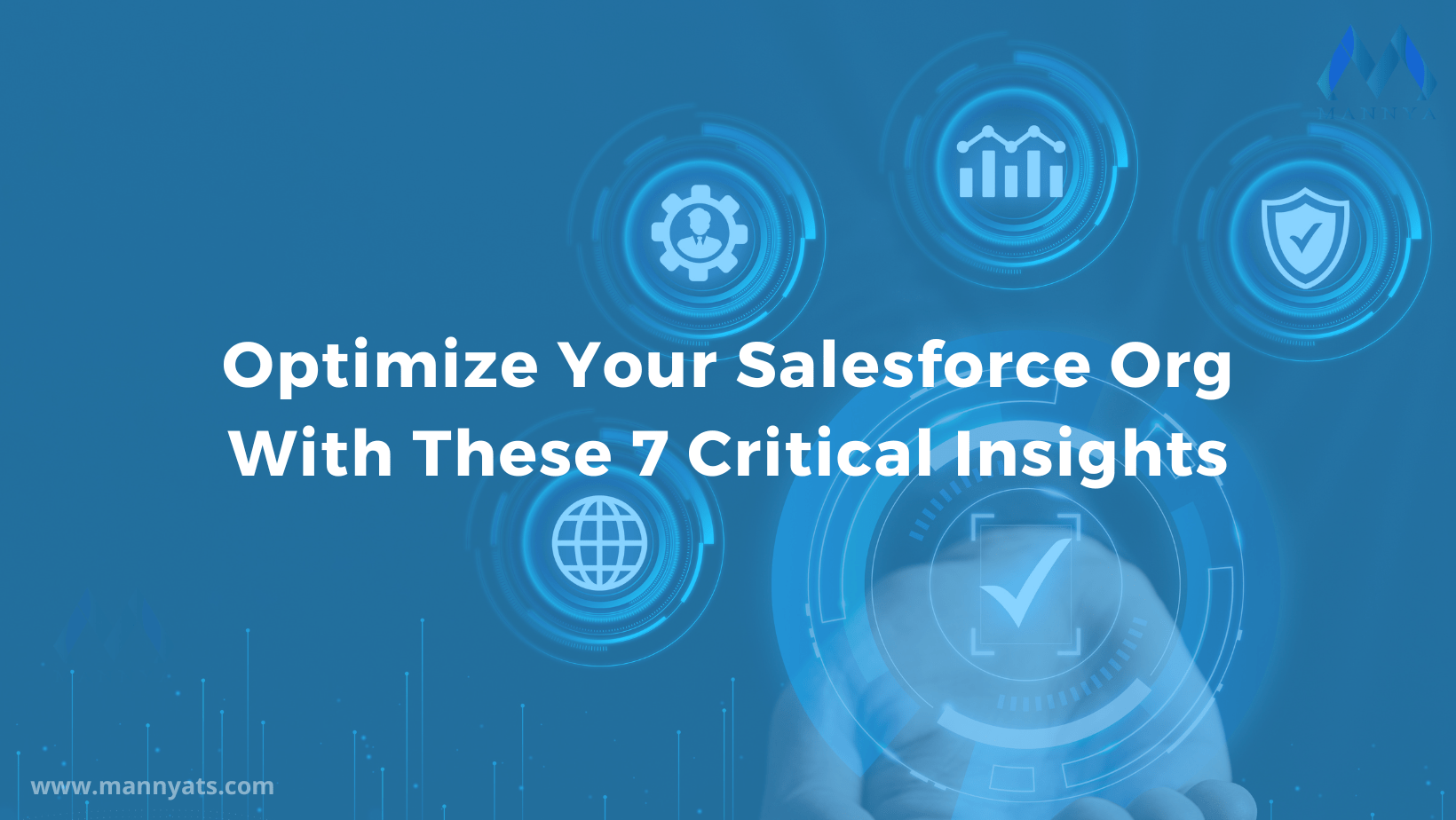
Insight 1: Data Quality and Cleanup
Data is the cornerstone of any Salesforce instance. Accurate and reliable data is pivotal for informed decision-making and a seamless user experience. Regularly conducting data audits, eliminating duplicates, enforcing validation rules, and maintaining data hygiene ensure that the system operates with dependable information.
Insight 2: Customization vs. Configuration
Salesforce’s flexibility allows customization to meet specific needs. However, it’s crucial to strike a balance. Over-customization can lead to complex processes and hinder upgrades. Prioritizing configuration over customization whenever possible ensures a more sustainable and scalable system.
Insight 3: Efficient User Training
A powerful system is effective only if users know how to leverage it. Investing in thorough user training empowers your team to fully utilize Salesforce’s features. Well-trained users maximize adoption rates, enhance productivity, and harness the full potential of the system.
Insight 4: Automation Opportunities
Salesforce offers robust automation tools like workflows, process builder, and flows. Identifying manual processes that can be automated not only saves time but also reduces the risk of errors. Automation frees up your team to focus on strategic tasks, increasing overall efficiency.
Insight 5: AppExchange Integration
Salesforce’s AppExchange provides a treasure trove of pre-built integrations and applications. Leveraging these integrations accelerates your org’s capabilities without starting from scratch. This can significantly cut down development time, resources, and costs while enhancing your system’s functionalities.
Insight 6: Regular Review of Reports and Dashboards
Reports and dashboards provide vital insights for data-driven decision-making. Regularly reviewing and refining them ensures that they remain aligned with your evolving business goals and key performance indicators (KPIs). This iterative process guarantees that you’re always equipped with the most relevant insights.
Insight 7: Security and Permissions Audit
Maintaining data security is paramount. Regularly auditing user permissions and profiles ensures that only authorized personnel access sensitive data. This not only prevents data breaches but also ensures compliance with data protection regulations.
In conclusion
Optimizing a Salesforce org is an ongoing commitment. It’s not a one-time effort but a continuous journey that demands vigilance and adaptation. Incorporating these seven insights fosters a culture of continuous improvement within your organization. An optimized Salesforce org is not just about technical enhancements; it’s about aligning your technological resources with your business strategy. It’s about creating an ecosystem where technology facilitates streamlined operations, empowers users, and propels your business towards its goals. By integrating these insights into your approach, you’re not only optimizing a software system; you’re optimizing the way your organization operates, making it more efficient, effective, and agile in an ever-evolving business landscape.
Why Mannya Techno Solutions?
Mannya Techno Solutions is a global IT services firm headquartered in Pleasanton, California and having offshore delivery center in India. Mannya has extensive experience and expertise in CRM, Cloud & Digital Solutions, Oracle and Mobility. We are an associated partner company with Salesforce, AWS, Oracle, and Google and have worked with many leading players in the Manufacturing, E-commerce, Digital, Healthcare, Education, Entertainment/OTT, Hi-Tech and Telecom domains. Mannya provides a portfolio of business and technology consulting services to fully unleash the cloud’s potential. Our competent and talented pool is extensively experienced in delivering vertical-specific solutions.
Share:
Recent Posts
- Optimize Your Salesforce Org With These 7 Critical Insights
- The Martech Revolution A Comprehensive Guide to Unleashing Marketing Technology’s Power
- Unlocking Integration Excellence: The Ultimate MuleSoft Guide for Seamlessly Transforming Middleware
- Salesforce Lightning Web Components (LWC) and Lightning (Aura) Components: A Lightning Transformation
- The Power of Chat GPT and Salesforce Integration A Comprehensive Technical Guide
